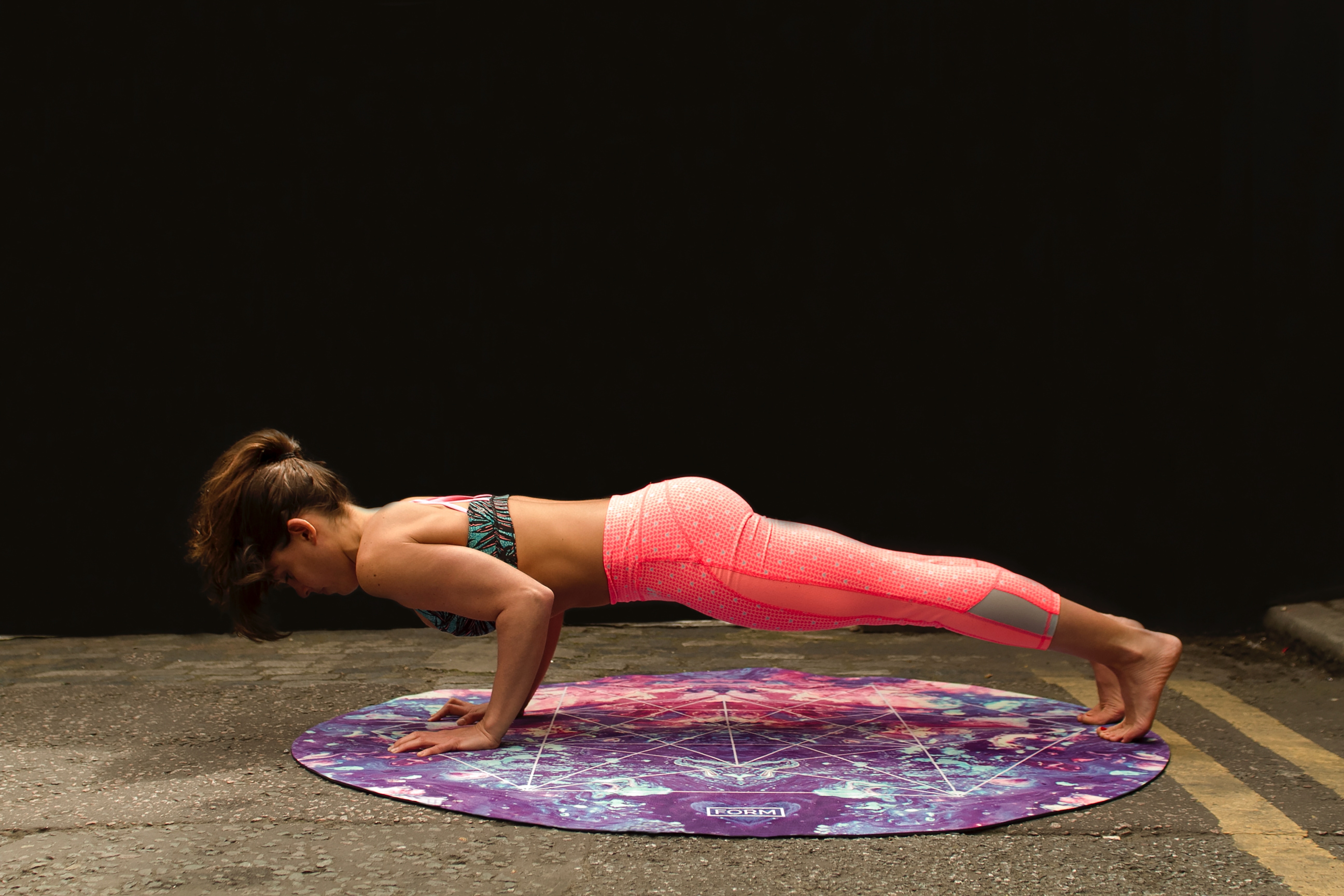 While I’ve only been teaching yoga for about a year-and-a-half, I’ve had the opportunity to lead all kinds of classes already. Multi-level, older adult, high school students, special needs students, elementary students, yin, Hatha, realignment, desk yoga, intermediate yoga, hot yoga, yoga for mom and baby, yoga for men and even floating yoga. But one style I’ve veered away from is power yoga.
While I’ve only been teaching yoga for about a year-and-a-half, I’ve had the opportunity to lead all kinds of classes already. Multi-level, older adult, high school students, special needs students, elementary students, yin, Hatha, realignment, desk yoga, intermediate yoga, hot yoga, yoga for mom and baby, yoga for men and even floating yoga. But one style I’ve veered away from is power yoga.
I don’t even practice power any more. There was a time I was taking a weekly Ashtanga class and looking for the strongest classes on the schedule. I thought if I wasn’t working hard, what was the point?
But then as I started training in endurance sports, marathons and Crossfit, I didn’t feel as compelled to push on the mat. I enjoyed the more relaxed attitude I brought to my practice and of course that spilled off the mat into my everyday life.
Then when I took my teacher training I learned that yoga is so much more than just the asanas, the physical postures. It also offers a moral compass and such lessons as non-harming and that we are not our ego. And this is what I see yoga becoming. It is pushing the body on the mat to its limits and beyond. It is ego competitions of arm balances and contortionist level of back bending. There are actual yoga competitions with participants who will one day end up in doctor’s offices looking for fixes for their backs and other body parts. Don’t even get me started on the social media circus of beautiful, young, thin women scantily dressed presenting extreme poses shot in exotic and beautiful locations as if this is what yoga is meant to be. P.S. I’ve never practiced yoga on the beach or in front of a waterfall.
In a hectic world we need a balance and a place to slow down and notice the body, the mind, the heart. This place is on our mats. And for those who enjoy other physical activities yoga offers the perfect counter partner. And the beauty of Hatha yoga is in the time we hold the poses we can pause and reflect. How does that feel? Why am I feeling that? And in unilateral poses, poses down on one side, then the other, how does this side feel different from the other side? When one is constantly moving, trying to keep up or pushing hard, as in power yoga, there is no time to stop, feel and reflect.
So I don’t avoid power style out of laziness, in fact the class I attend weekly is an Intermediate Hatha. But I choose Hatha because I believe that is what yoga is meant to be – mind/body connection. And when we offer students these shapes to take on the mat and they start feeling and thinking about their bodies, perhaps and hopefully they start to notice what they’re feeling and thinking off the mat.